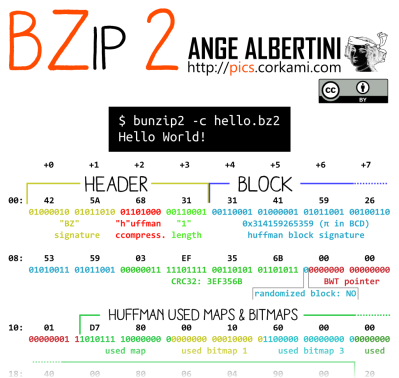How do you measure the mass of something really, really tiny? Like fish-embryo tiny. There aren’t many scales with the sensitivity and the resolution to make meaningful measurements in the nanogram range, so you’ve got to turn to other methods, like measuring changes in the resonant frequency of a glass tube. And that turns out to be cheap and easy for the home gamer to reproduce.
In a recent scholarly paper, [William Grover] et al from the University of California Riverside outline the surprisingly simple and clever method of weighing zebrafish embryos, an important model organism used in all sorts of developmental biology and environmental research. [Grover]’s method is a scaled-up version of a suspended microchannel resonator (SMR), a microelectromechanical device that can measure the mass of single cells or even weigh a virus particle. Rather than etch the resonator out of silicon, a U-shaped glass tube is vibrated by a piezoelectric speaker and kept at its resonant frequency by feedback from a cheap photointerrupter. When an embryo is pumped into the tube, the slight change in mass alters the resonant frequency of the system, which is easily detected by the photointerrupter. The technique can even be leveraged to measure volume and density of the embryos, and all for about $12 in parts.
In the lab, [Grover]’s team uses a data acquisition card and LabVIEW to run the resonant loop, but there’s no reason a DIY version of this couldn’t use an Arduino. In fact, tipster [Douglas Miller] expects someone out there will try this, and would appreciate hearing the details. You can ping him on his hackaday.io page.


















